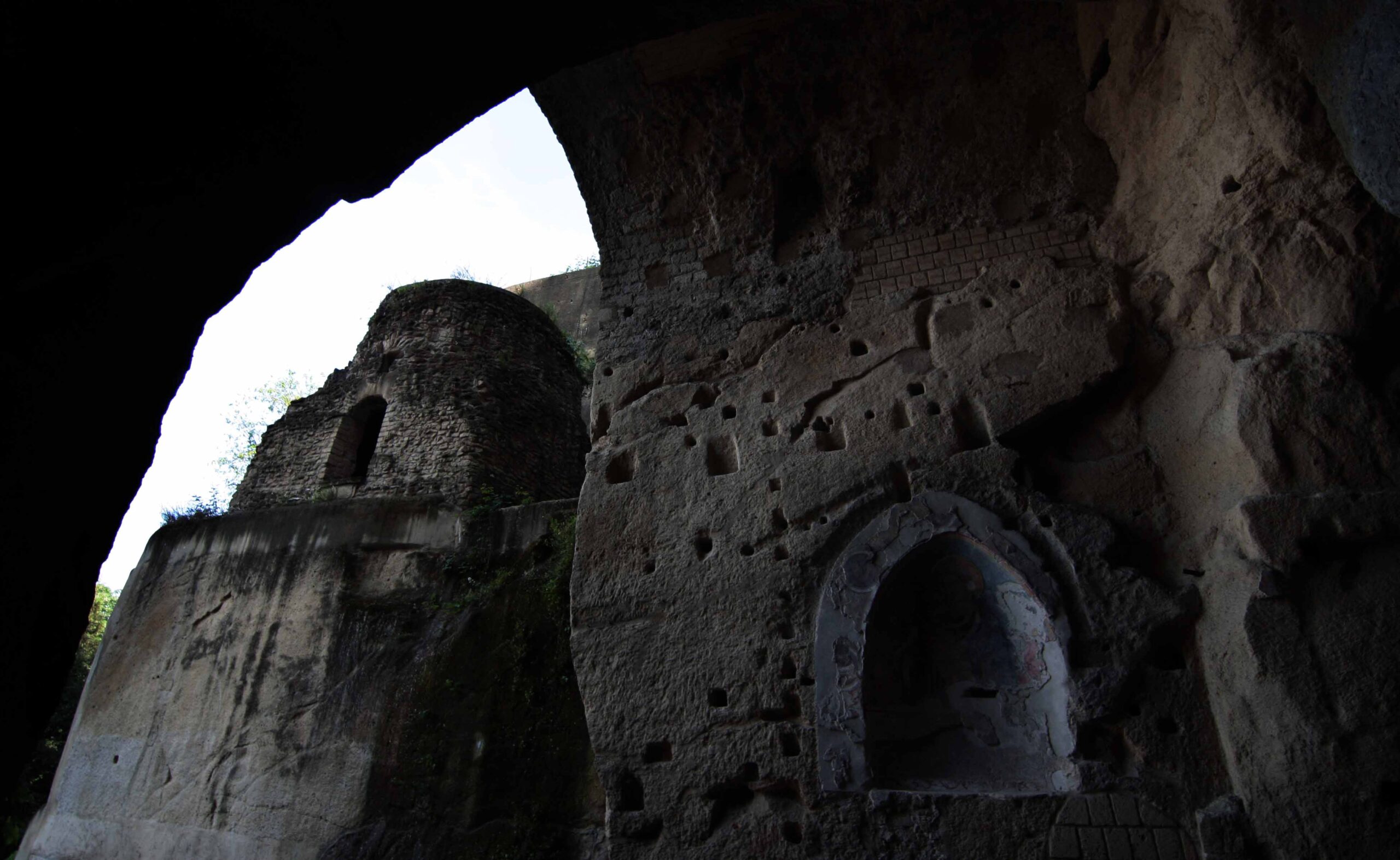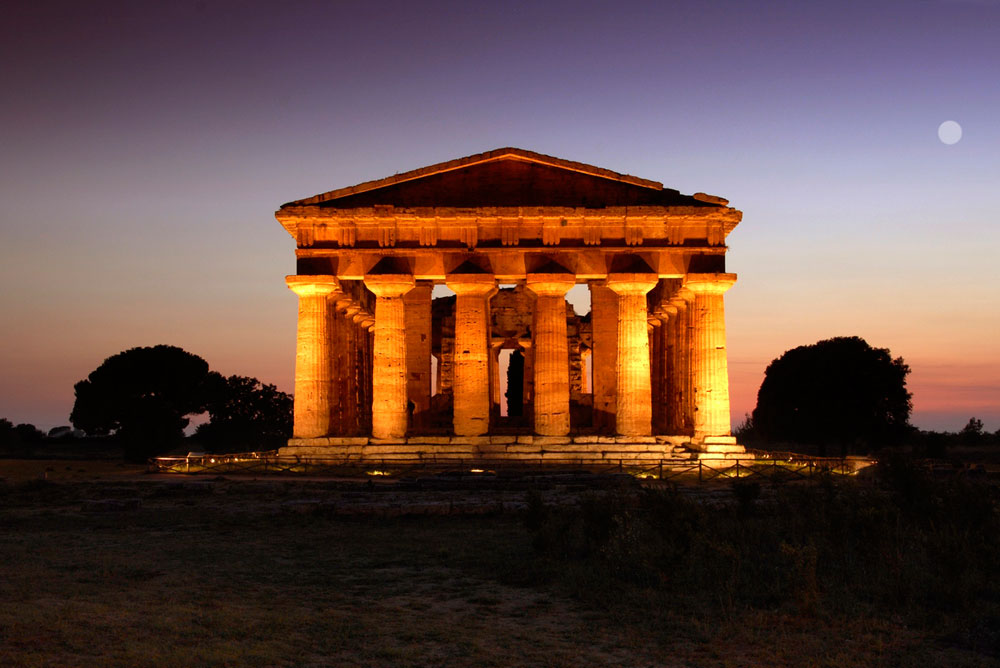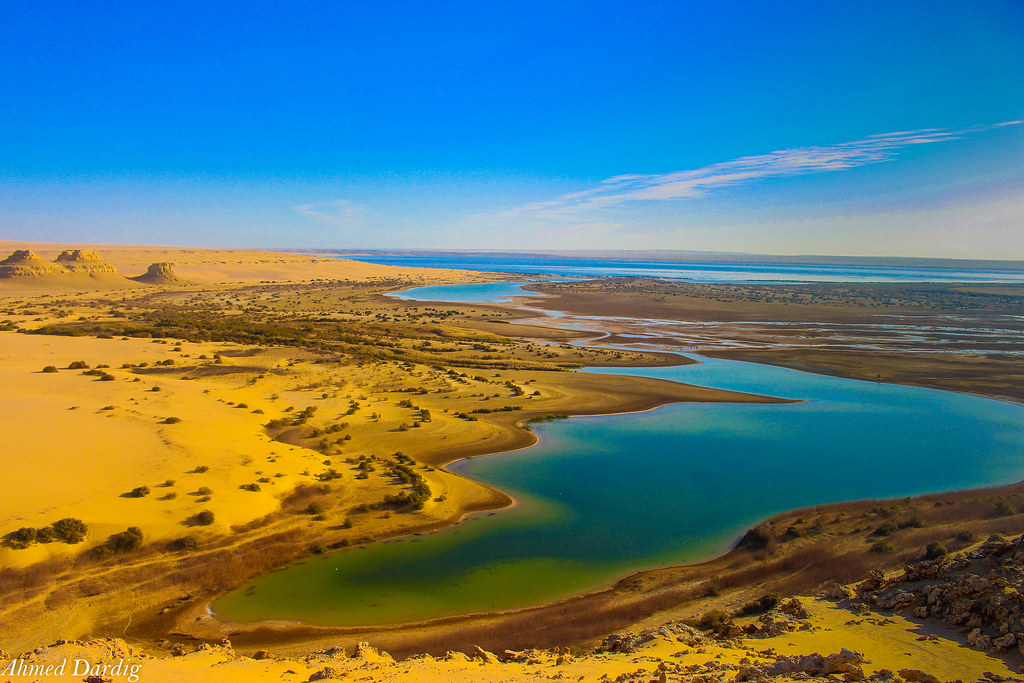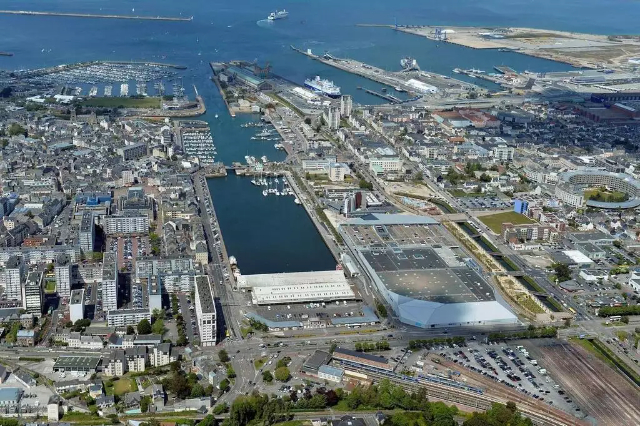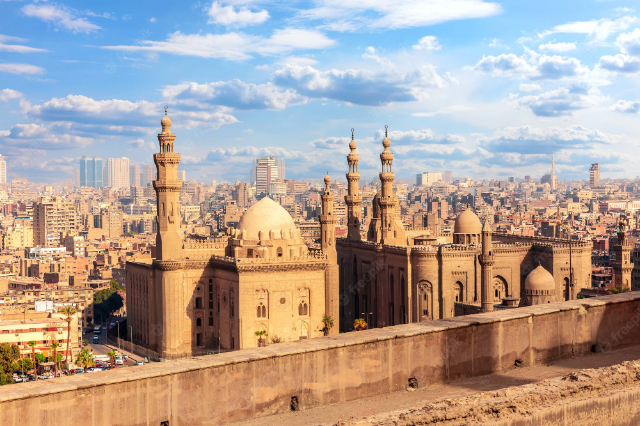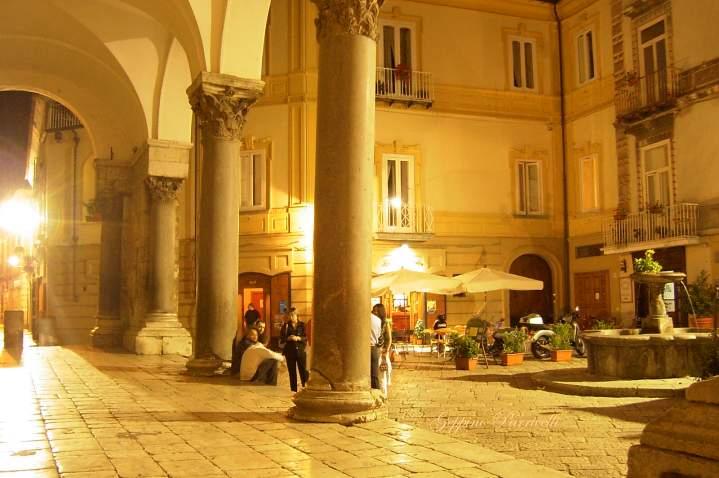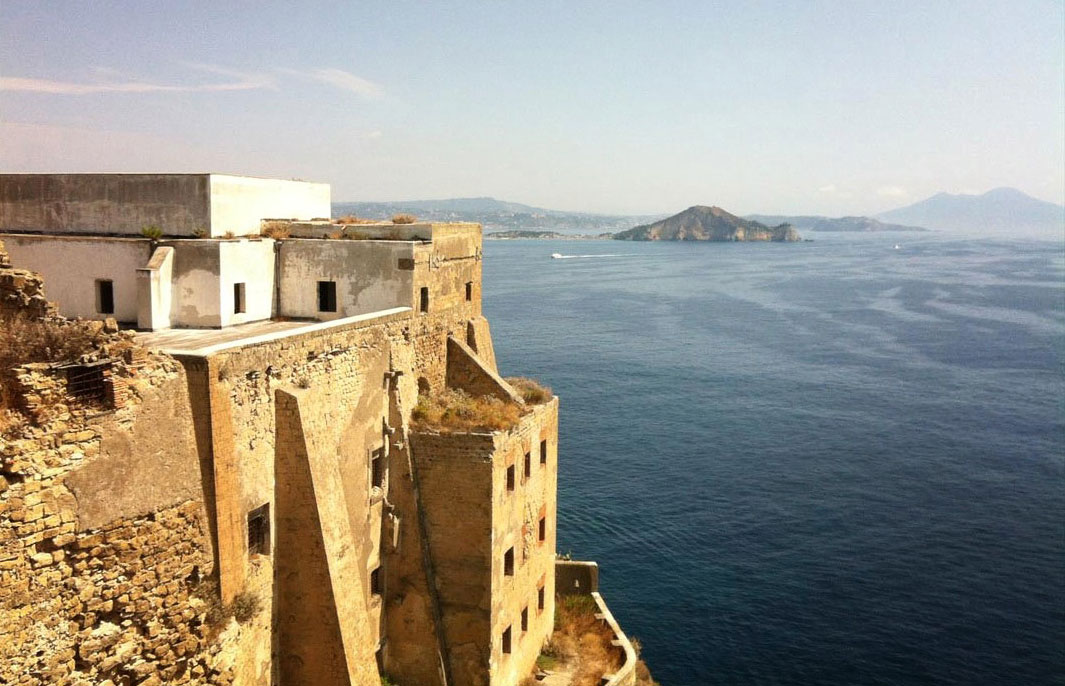long was privately owned but was later acquired by the state after the Unification of Italy. It was rearranged in 1885, on the occasion of the opening of today’s Four Days Gallery, but it was only around 1930, on the occasion of the bimillenary of the Virgilian Celebrations, that it became a Park. It was arranged according to the current itinerary at the behest of Latinist and archaeologist Enrico Cocchia, and restored and reopened to the public in 1976. It is a national monument.
The park contains Virgil’s cenotaph, a Roman-era columbarium traditionally believed to be the poet’s tomb. It also houses, since February 22, 1939, the tomb of Giacomo Leopardi, who died in Naples and was initially buried in the church of San Vitale Martire in Fuorigrotta.
Admission to the museum is free. After a short climb, we find ourselves in front of a huge Altar: the tomb of the famous poet Giacomo Leopardi. The tomb is represented by a tall altar with a rather wide square base, inside a tuffaceous cave.
On the altar is the poet’s name and next to it is a stele, engraved on the stone, proving the trustworthiness of the tomb by the Italian government, signed by Victor Emmanuel III. Finally, the first sepulchral monument, previously placed in the pronaos of the church of San Vitale, is placed nearby. Finally visible is the plaque, also from the pronaos, bearing Umberto I’s sanction of the law passed in 1897, whereby the poet’s tomb was declared a national monument by the chambers.
Walking further on, we find on the right the Crypta Neapolitana, also known as the Pozzuoli or Posillipo Cave, an imposing Roman-era tunnel connecting Mergellina with Fuorigrotta (currently said tunnel is under restoration). On the side is a verse by Leopardi, dedicated to the poet of the Aeneid, Virgil.
On the way to the cave, one notices on the left a piperno aedicule displaying two tombstones placed there in 1668 by Viceroy Pietro Antonio of Aragon. These tombstones list the diseases that could be cured thanks to the thermal waters in the Phlegraean area.
